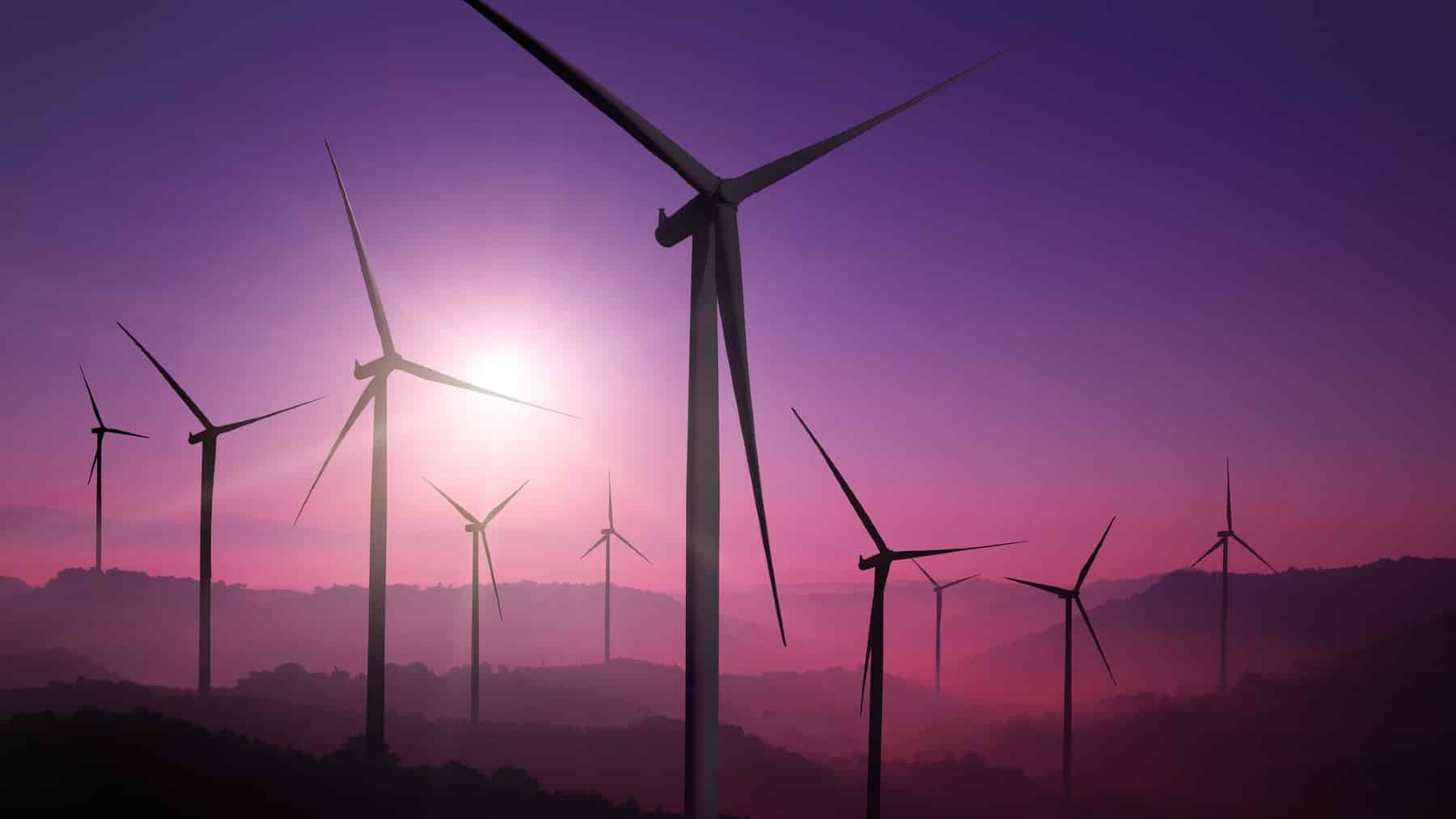14 years later, and America is set to transform wind power since Wisconsin has approved the first wind farm since 2011. A 118 megawatt project is planned for IOWA and Grant Counties, which received approval on September 26, 2025, by the Public Service Commission (PSC). Wisconsin is considered to be the epicenter of the project that is said to transform wind power for good.
The transformation of wind power after 14 years in America
The 14-year hiatus in terms of wind project development has come to an end in the state after years of regulatory uncertainty that dominated the energy market for more than a decade. A turning point has finally come to the fore with the U.S. wind energy landscape set to see a long-awaited transformation. According to Rick Coelho, Rural Energy Campaign Manager for Clean Wisconsin, the transformation is part of the move towards a better energy future, with the state of Wisconsin being at the core of the transformation that is happening.
What does the 14-year wait mean in the clean energy industry?
The PSC first approved a wind farm in 2011 when the clean energy industry dealt with limited financial incentives and strong political resistance. With large-scale utility projects moving far ahead, this transformation towards wind energy has ceased to exist in any other form in the state. The project moves away from the current trend of wind farms, all thanks to the combination of community engagement and growing environmental awareness. According to Coelho, such wind energy initiatives can bring forth considerable financial returns, especially to those in rural communities. The 14-year gap is meant to show how far wind energy initiatives have advanced, with public attitudes having evolved more in favor of climate-conscious infrastructure.
America is at the very core of all of the wind revival efforts
Wisconsin is said to be the very core of America’s next chapter in terms of wind power development. The project in southwestern Wisconsin will possibly generate enough power to service tens of thousands of homes while ensuring economic opportunities are created for farmers and landowners. The wind farm is set to inject new income into rural communities, ensuring equally compelling benefits. The best part is that wind energy leads to no emissions and requires no fuel at all, fostering climate change efforts in the process.
PSC even approved the Whitewater Solar Farm, an installation of 180 megawatts situated at the border of Jefferson County and Walworth. The research into solar energy’s water benefits by Clean Wisconsin ensured approval in terms of replacing the more conventional farmlands with solar arrays that reduce nitrogen and phosphorus, producing cleaner waterways. Renewable energy reduces carbon emissions but offers a solution for environmental health as well as economic resilience.
These dual approvals reflect a strategic shift by state regulators: treating renewable energy not only as a tool for reducing carbon emissions but also as a solution for environmental health and economic resilience. With Wisconsin clearly striving to meet climate goals, the solar and wind investment can lead the energy transformation right from the core. With Wisconsin moving towards wind power, the state is certainly not moving towards the end of wind turbines, unlike other countries.
What does PSC’s decision for a wind farm mean in the long run?
The decision by PSC reveals its strategy all across the Midwest to consider wind turbine energy technology and improve this technology by ensuring larger and more efficient turbines are installed with the intention of reducing overall noise impacts. Initiatives like the Badger Hollow project could become more popular.
The federal government is highly committed to securing clean energy infrastructure since a full fourteen years without a wind turbine installation in the state seems far too long. Wisconsin is finally moving to a new page in its clean energy future. While vibrational energy has replaced wind power in the U.S., it is clear that the wind turbines and wind farms can produce more energy than 16 solar panels.














